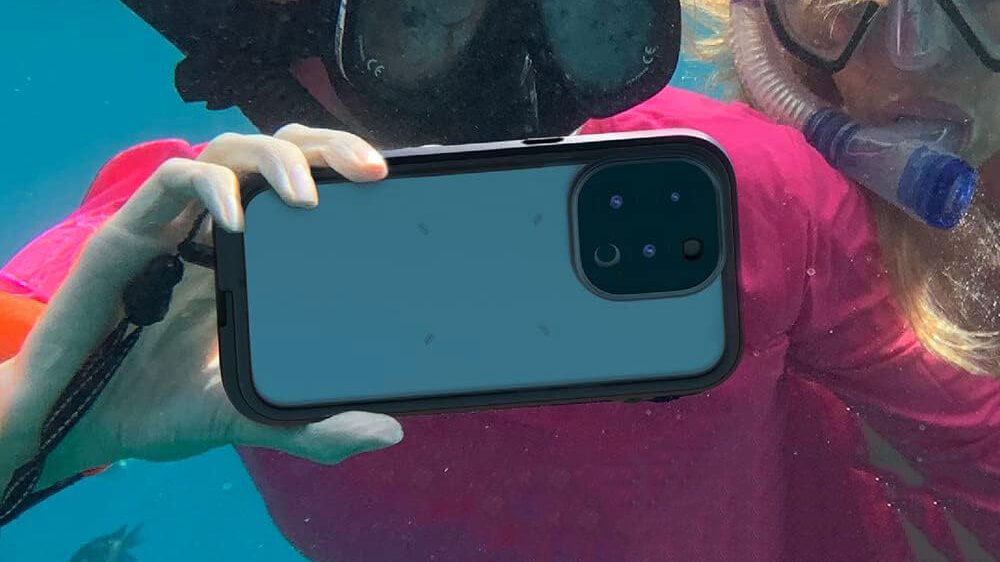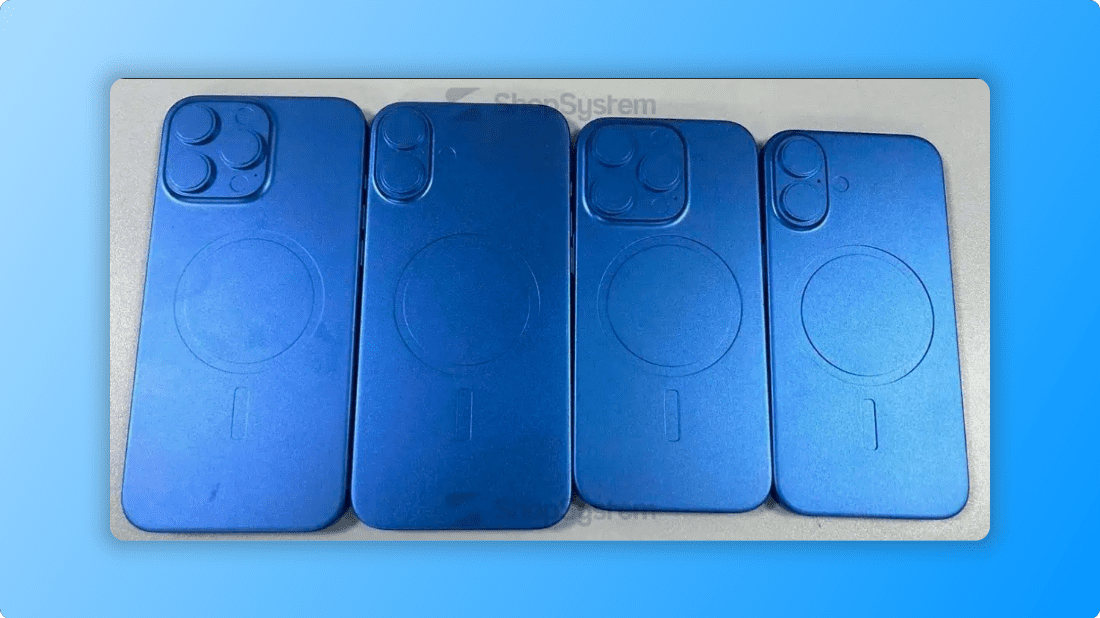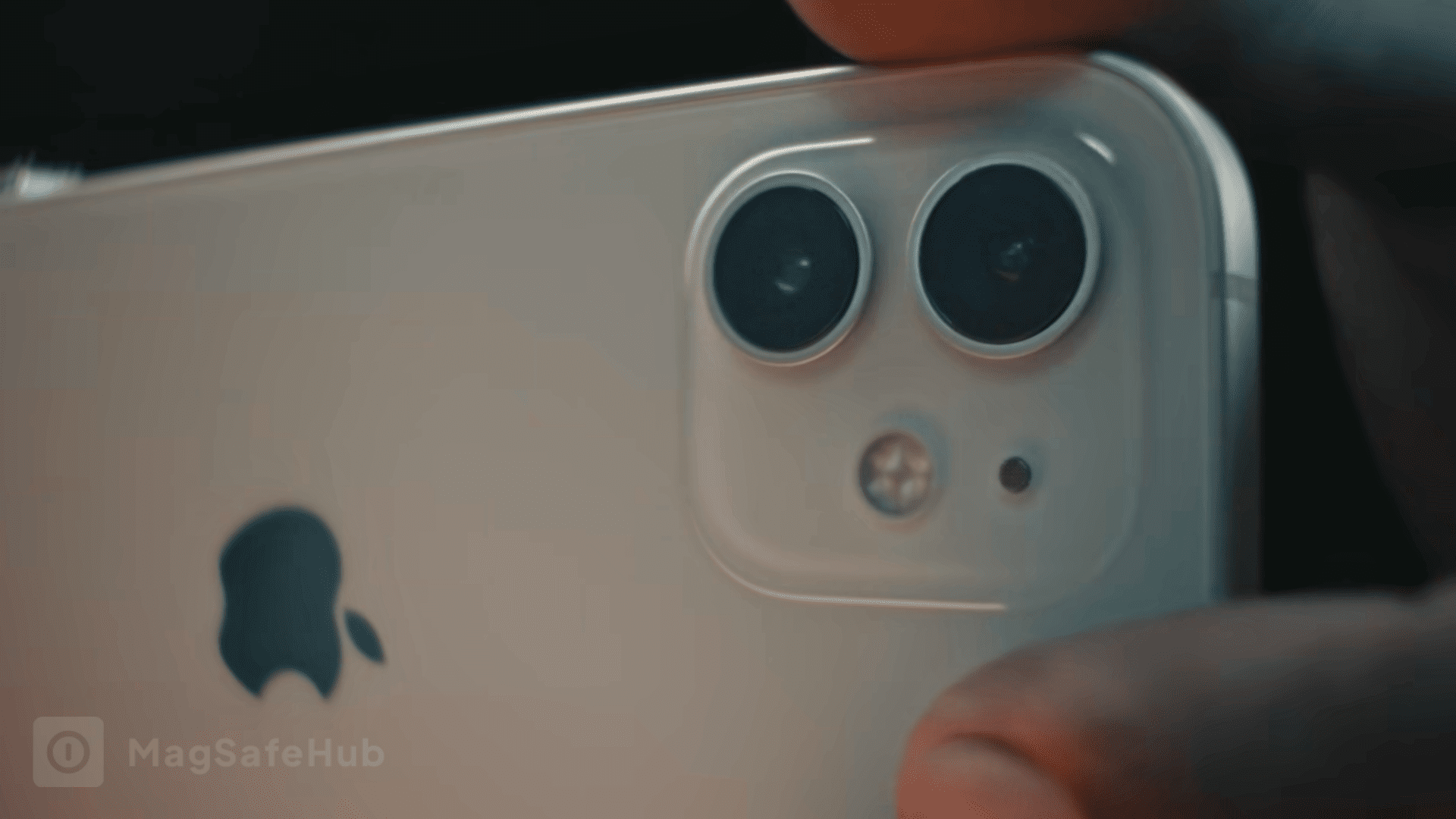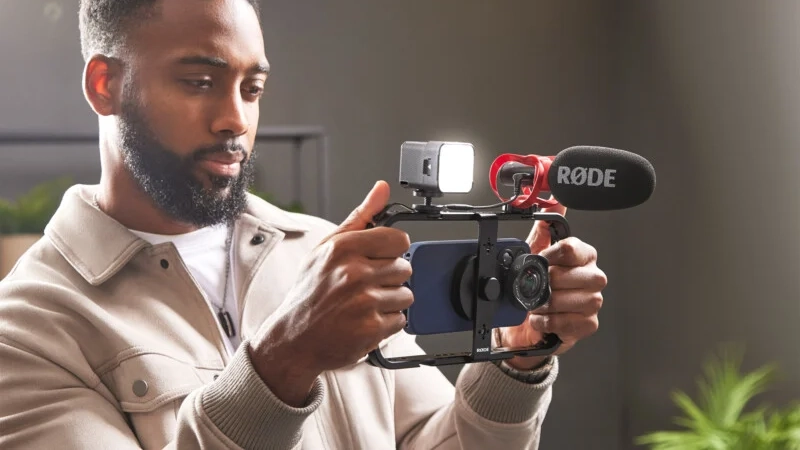Apple’s MagSafe charging system has become hugely popular for iPhones and accessories. The magnetic alignment allows for easy wireless charging by perfectly connecting chargers and devices.
MagSafe cases are designed to work seamlessly with MagSafe chargers while also protecting your iPhone. However, a common question many users have is whether MagSafe cases also offer waterproofing.
Can you safely use a MagSafe case underwater?
TL; DR Most MagSafe cases provide extra protection from water splash. But for underwater use, you need an underwater case with IP67 or IP68 rating.
MagSafe Case Materials and Water Resistance
The level of water resistance in a MagSafe case depends on its material construction. Most standard MagSafe cases are made of soft silicone or hard plastic. These materials provide basic impact protection and some splash resistance. However, they cannot fully prevent water ingress.
Silicone and plastic MagSafe cases can handle minor splashes and perhaps brief, shallow submersion. But they will not protect your iPhone from deeper water or being underwater for longer periods.
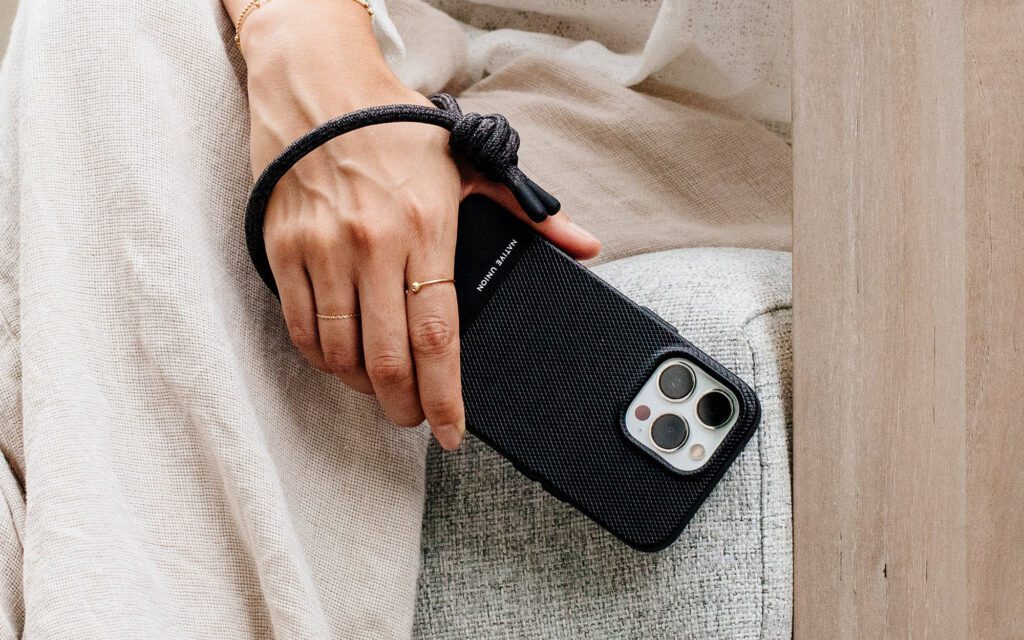
For true waterproofing, MagSafe cases need to use water-tight materials in their construction. Options like thermoplastic polyurethane (TPU) and polycarbonate (PC) can provide waterproofing abilities.
These materials are fully sealed to prevent water from entering the case, even when submerged underwater. So, for underwater usage, you need a MagSafe case made using TPU, PC or other waterproof materials.
Key Takeaway: Standard MagSafe cases offer splash resistance but not full waterproofing. For underwater use, choose a MagSafe case with watertight construction.
IP Ratings for Water Resistance
MagSafe cases that provide waterproofing carry an IP rating like IP67 or IP68. This certifies their level of water and dust resistance.
The first digit after IP refers to dust protection, with 6 being the highest rating. The second digit is for water resistance. A rating of 7 means the case is waterproof up to 1 meter for 30 minutes. An 8 rating takes that even further, allowing submersion beyond 1 meter.
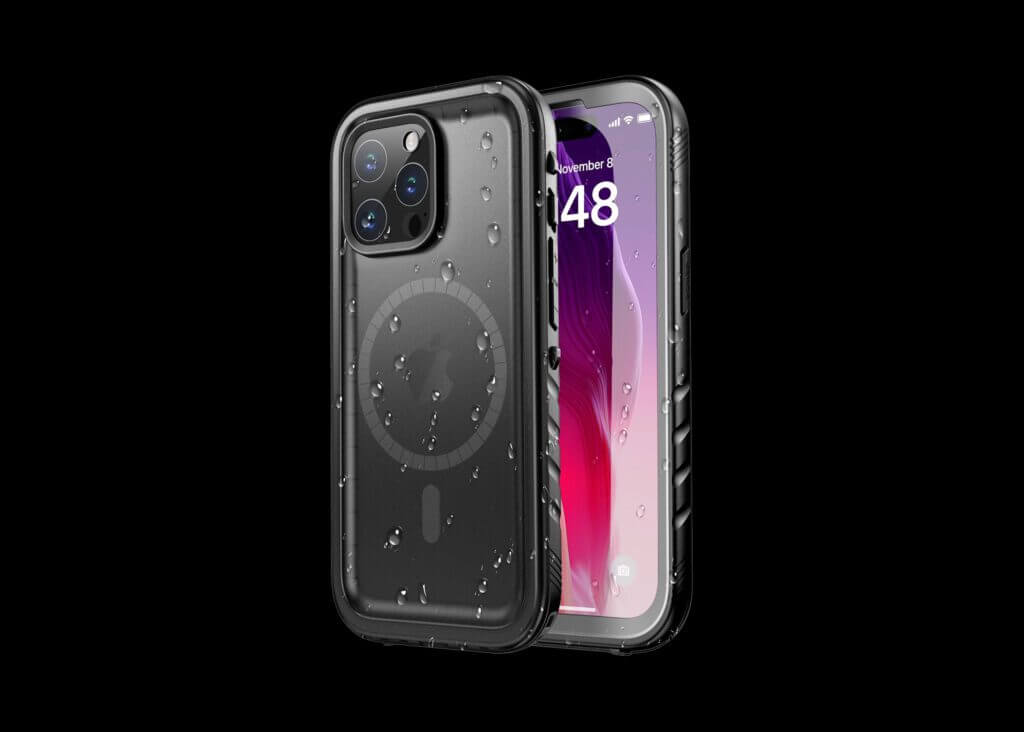
So, if you see a MagSafe case with IP67 or IP68 on the packaging or product page, it means the case has passed stringent tests for water protection. An IP rating gives you confidence that the case can withstand being underwater without leaking.
Key Takeaway: Look for an IP67 or IP68 rating when choosing a waterproof MagSafe case. This certifies protection against dust and submersion up to 1 meter or more.
Always Test Waterproofing Before Use
While an IP rating is reassuring, it’s still a good idea to test out a waterproof MagSafe case yourself before putting your iPhone in it. This helps confirm its water-tight sealing and gives you peace of mind.
To test, simply submerge the empty MagSafe case in water, as deep as you plan to take your phone. Check that no water gets inside the case, which verifies its waterproof construction. Doing this test run gives you confidence before entrusting your iPhone to the case underwater.
You can test in a sink, bucket or bathtub. Just fully submerge the case for a few minutes, while looking for any water ingress. This quick test confirms the case lives up to its waterproof promise before you rely on it with your phone.
Key Takeaway: Always test a waterproof MagSafe case yourself by submerging it first without your phone. This verifies its water resistance before use.
Tips When Using Your iPhone Underwater
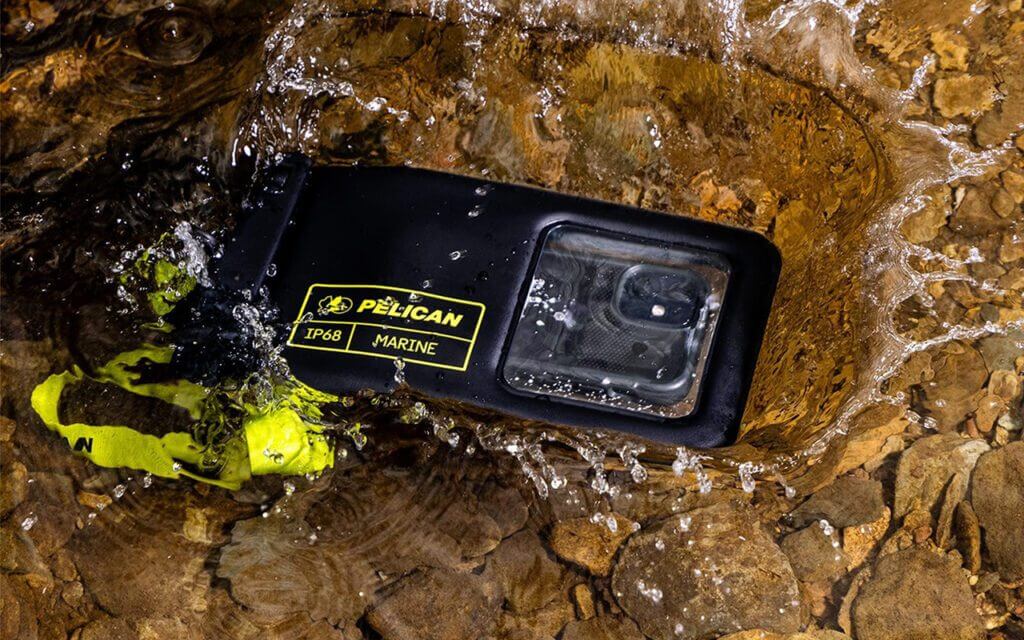
Once you’ve picked a waterproof MagSafe case and tested it, you can start using your iPhone underwater. The case allows you to take your phone swimming, snorkeling, or on other aquatic adventures.
Here are some tips for the best results when using your iPhone underwater with a waterproof case:
- The touchscreen works underwater but is less sensitive. So it’s better to start functions like video recording before submerging. Extensive screen swiping underwater can be hit or miss.
- Viewing the display underwater also becomes murky. So, it’s best to frame your shots first before going under. Use the volume buttons as shutter triggers.
- Keep usage brief, especially in saltwater. Prolonged underwater use can impact waterproof seals over time. Rinse your case in fresh water afterwards.
- Avoid taking your iPhone deeper than the IP rating’s specified limits for your case. This maintains water protection.
- For added safety, consider using a floating strap. This prevents your iPhone from sinking if you lose your grip.
With the right MagSafe care and precautions, you can capture amazing underwater photos and videos with your iPhone. Just be aware of the limitations of underwater touchscreen use.
Key Takeaway: Waterproof MagSafe cases allow underwater iPhone use for photography and video. But the screen sensitivity reduces underwater, so frame shots first and limit touchscreen use.
Conclusion
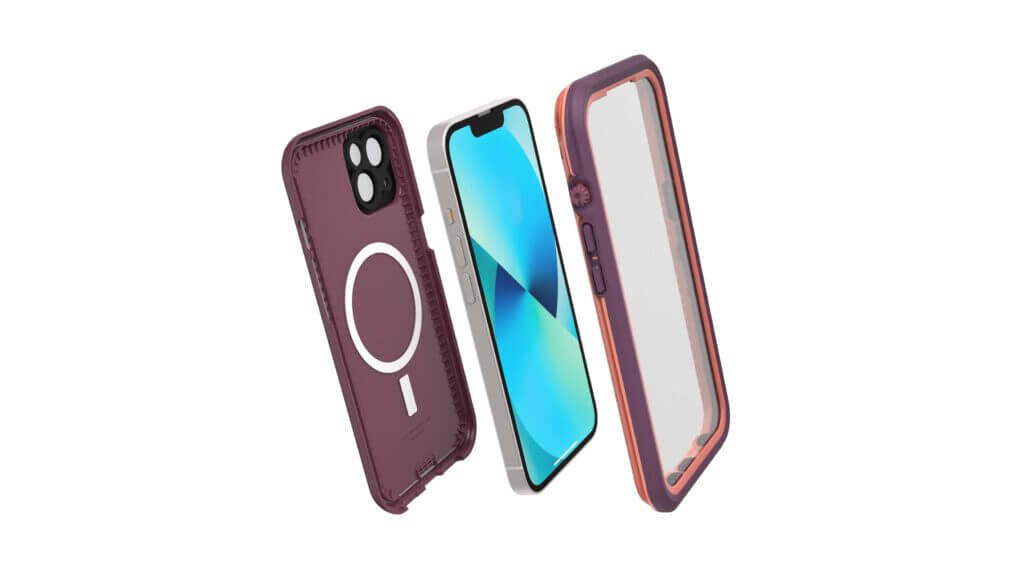
- Standard MagSafe cases provide basic splash protection but not full waterproofing for submersion.
- To use your iPhone underwater, choose a MagSafe case made with water-tight TPU or PC and look for an IP67 or IP68 rating.
- Always test a waterproof case without your phone first to verify its water resistance.
- Underwater usage is possible, but touchscreen sensitivity reduces, so limit use and frame shots above water when possible.
With a waterproof MagSafe case, you can turn your iPhone into an underwater camera for amazing aquatic photography and videography. Just be sure to find a case specially designed for submersion and take some simple precautions. Then, you can confidently use your iPhone at depths of up to 1 meter or more.
